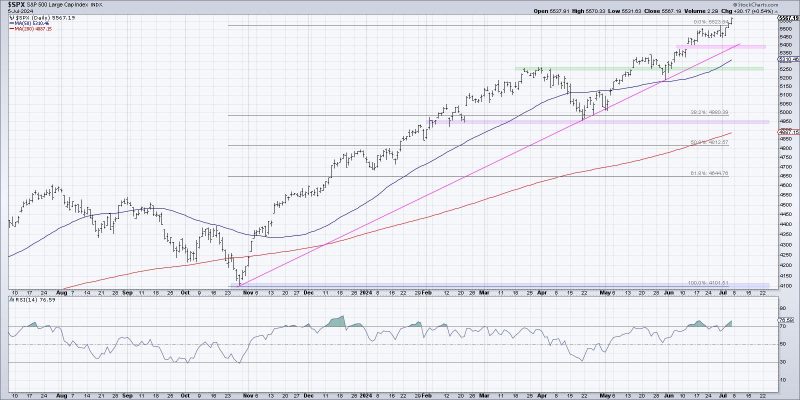Navigating the Markets: Understanding the Summer Trends
Understanding market trends and patterns is crucial for any investor looking to capitalize on opportunities and minimize risks. Summer markets, in particular, introduce a unique set of challenges and opportunities for traders. By analyzing historical data and understanding key indicators, investors can better navigate the summer market fluctuations. Let’s delve deeper into the factors influencing the summer market and how investors can use them to their advantage.
1. Seasonal Trends in the Summer Market:
The summer season often brings about distinct trends in the financial markets. Historically, trading volumes tend to decrease during the summer months as many traders take vacations and market activity slows down. This reduction in liquidity can lead to increased volatility, as smaller trades have a greater impact on the overall market.
Additionally, certain sectors may experience heightened activity during the summer. For example, industries such as travel and leisure often see increased demand as people take vacations. On the other hand, sectors like energy may experience fluctuations due to seasonal factors such as weather patterns affecting production and consumption.
2. Market Sentiment and Investor Behavior:
Market sentiment plays a significant role in driving summer market trends. During the summer months, investors may exhibit different behavioral patterns compared to other times of the year. Positive or negative news can have a magnified impact on market sentiment, leading to rapid price movements.
Investors should pay close attention to economic indicators, such as consumer confidence, unemployment rates, and GDP growth, to gauge the overall market sentiment. Additionally, geopolitical events or changes in government policies can introduce uncertainty and influence investor behavior during the summer months.
3. Technical Analysis and Chart Patterns:
Technical analysis can be a valuable tool for navigating the summer market. Traders often rely on chart patterns and technical indicators to identify potential entry and exit points. Common technical analysis tools, such as moving averages, relative strength index (RSI), and Fibonacci retracements, can help traders make informed decisions based on historical price movements.
By studying chart patterns and understanding key support and resistance levels, investors can better predict potential price reversals or breakouts. It is essential to combine technical analysis with fundamental research to form a comprehensive trading strategy tailored to the unique characteristics of the summer market.
4. Risk Management and Diversification:
Risk management is paramount when navigating the summer market, given the increased volatility and potential for unexpected events. Investors should set clear stop-loss orders and position sizing rules to protect their capital from significant losses. Diversification across different asset classes and sectors can also help mitigate risks associated with market fluctuations.
Moreover, maintaining a long-term perspective and avoiding impulsive trading decisions can prevent emotional reactions to short-term market movements. By focusing on fundamental analysis and sticking to a well-defined trading plan, investors can navigate the summer market with confidence and discipline.
In conclusion, understanding the dynamics of the summer market and employing a combination of technical analysis, fundamental research, and risk management strategies can help investors navigate the seasonal fluctuations effectively. By staying informed, maintaining discipline, and adapting to changing market conditions, traders can position themselves to capitalize on opportunities and achieve their financial goals in the summer market.

